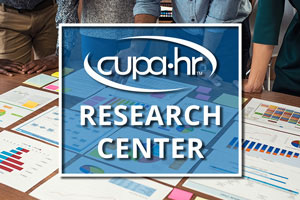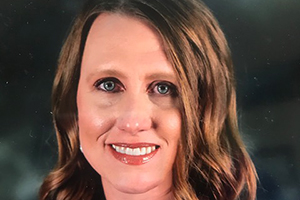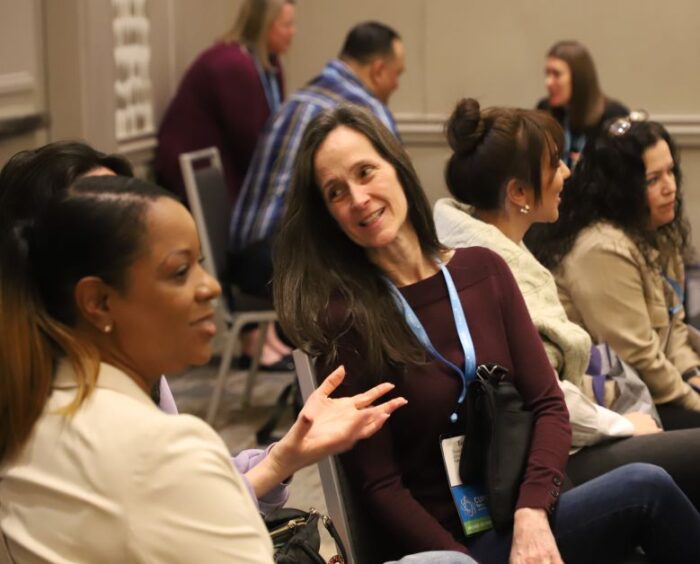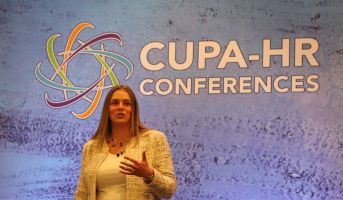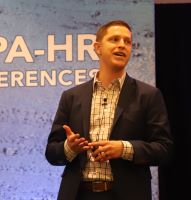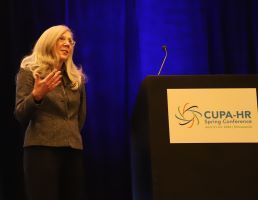by Julie Burrell | September 24, 2024
Like many HR professionals, Colorado Community College System’s Jennifer Parker was grappling with an increase in incivility on campus. She set about creating a civility training program that would be convenient and interactive. However, she faced a considerable hurdle: the challenges of creating a virtual training program from scratch, solo. Parker’s creative answer to one of these challenges — writing scripts for her under-10-minute videos — was to put ChatGPT to work for her.
How did she do it? This excerpt from her article, A Kinder Campus: Building an AI-Powered, Repeatable and Fun Civility Training Program, offers several tips.
Using ChatGPT for Training and Professional Development
I love using ChatGPT. It is such a great tool. Let me say that again: it’s such a great tool. I look at ChatGPT as a brainstorming partner. I don’t use it to write my scripts, but I do use it to get me started or to fix what I’ve written. I ask questions that I already know the answer to. I’m not using it for technical guidance in any way.
What should you consider when you use ChatGPT for scriptwriting and training sessions?
- Make ChatGPT an expert. In my prompts, I often use the phrase, “Act like a subject matter expert on [a topic].” This helps define both the need and the audience for the information. If I’m looking for a list of reasons why people are uncivil on college campuses, I might prompt with, “Act like an HR director of a college campus and give me a list of ways employees are acting uncivil in the workplace.” Using the phrase above gives parameters on the types of answers ChatGPT will offer, as well as shape the perspective of the answers as for and about higher ed HR.
- Be specific about what you’re looking for. “I’m creating a training on active listening. This is for employees on a college campus. Create three scenarios in a classroom or office setting of employees acting unkind to each other. Also provide two solutions to those scenarios using active listening. Then, create a list of action steps I can use to teach employees how to actively listen based on these scenarios.” Being as specific as possible can help get you where you want to go. Once I get answers from ChatGPT, I can then decide if I need to change direction, start over or just get more ideas. There is no wrong step. It’s just you and your partner figuring things out.
- Sometimes ChatGPT can get stuck in a rut. It will start giving you the same or similar answers no matter how you reword things. My solution is to start a new conversation. I also change the prompt. Don’t be afraid to play around, to ask a million questions, or even tell ChatGPT it’s wrong. I often type something like, “That’s not what I’m looking for. You gave me a list of______, but what I need is ______. Please try again.” This helps the system to reset.
- Once I get close to what I want, I paste it all in another document, rewrite, and cite my sources. I use this document as an outline to rewrite it all in my own voice. I make sure it sounds like how I talk and write. This is key. No one wants to listen to ChatGPT’s voice. And I guarantee that people will know if you’re using its voice — it has a very conspicuous style. Once I’ve honed my script, I ensure that I find relevant sources to back the information up and cite the sources at the end of my documents, just in case I need to refer to them.
What you’ll see here is an example of how I used ChatGPT to help me write the scripts for the micro-session on conflict. It’s an iterative but replicable process. I knew what the session would cover, but I wanted to brainstorm with ChatGPT.
Once I’ve had multiple conversations with the chatbot, I go back through the entire script and pick out what I want to use. I make sure it’s in my own voice and then I’m ready to record. I also used ChatGPT to help with creating the activities and discussion questions in the rest of the micro-session.
I know using ChatGPT can feel overwhelming but rest assured that you can’t really make a mistake. (And if you’re worried the machines are going to take over, throw in a “Thank you!” or “You’re awesome!” occasionally for appeasement’s sake.)
About the author: Jennifer Parker is assistant director of HR operations at the Colorado Community College System.
More Resources
- Read Parker’s full article on creating a civility training program with help from AI.
- Learn more about ChatGPT and other chatbots.
- Explore CUPA-HR’s Civility in the Workplace Toolkit.



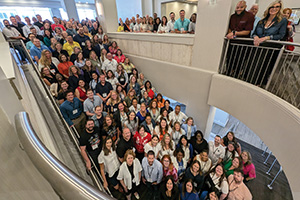
 You can take CUPA-HR with you wherever you go — especially if you have a Roamin’ Robyn to keep you company. Think “
You can take CUPA-HR with you wherever you go — especially if you have a Roamin’ Robyn to keep you company. Think “